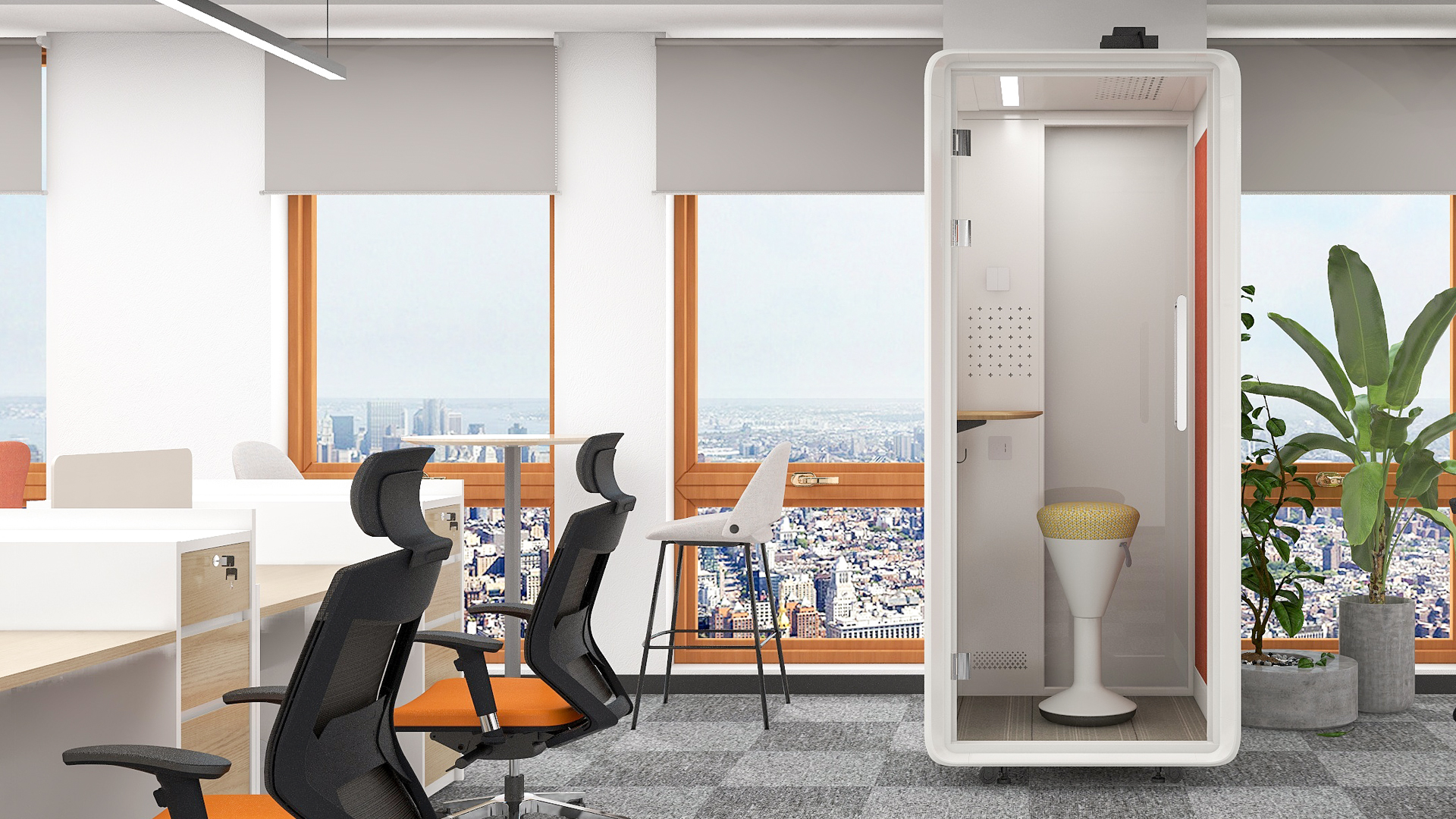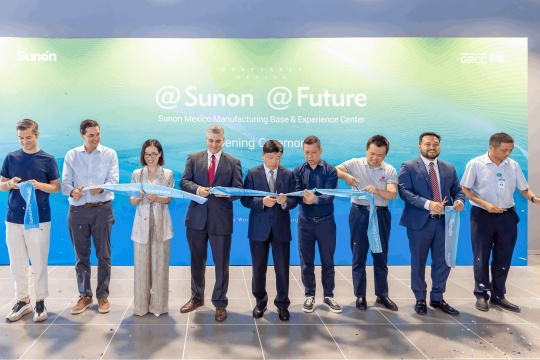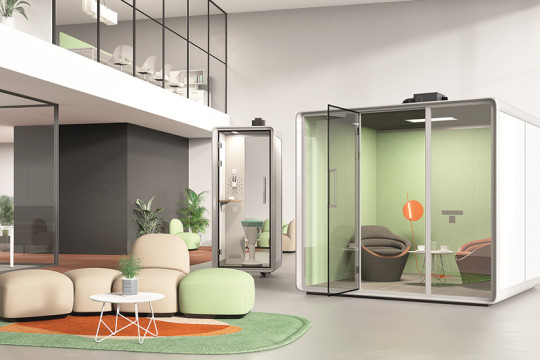Designing Workspaces for Three Key Types of Work
"The people who work there define the spaces."
A new talent generation is emerging that is more than glad to work in any physical setting as long as it is appropriate for the task at hand. We engage in a variety of tasks throughout the day. The objective is the same whether working alone, remotely, or in groups: to do useful work. All types of work, whether agile, collaborative, or concentrated, need offices that can accommodate them. More than their namesakes, flexible, hybrid, and agile working office designs boldly permit creative methods to create office setups that effectively utilize space, drive performance with the flow, and may even reduce your business's running expenses.

What are the 3 key types of work?
Each type of work has certain requirements for workplace design. Our research has demonstrated that organizations that support a range of working styles in the workplace considerably boost output and happiness among staff members. We've discovered three major work styles that take into account employee preferences and various sorts of work using a human-centered design approach:
- • Activity-based work
- • Collaborative work
- • Focussed work
Here are some suggestions for designing workstations to accommodate the most common work types.
Activity-based work (ABW)
An ideal ABW can facilitate movement between work areas and spaces created to encourage teamwork and group meetings as well as to accommodate the various and preferred working styles of people within the workforce. The key distinction for ABW is that there aren't any strict guidelines governing how employees should use a space. Employees should feel free to adapt any available office spaces to meet their needs at any given time best. Adopt an office layout that might profit from the use of hot desks, touch-down areas, standing desks, private booths for video conversations, and versatile office furniture with many uses.

Collaborative work
Group projects. Brainstorming. Customer support. This is the ideal solution for open-plan layouts. A fantastic place to set up a casual gathering location is an open area with little through traffic. You can do your best in a communal yet semi-private setting. This approach guarantees some degree of seclusion while encouraging discussion as necessary. Think of soft seats arranged in relaxed groups for informal collaborative workplaces. To avoid distractions, formal collaborative work should be held in an enclosed area. Project tables, high chairs, high back couches, and casual sofas are just a few examples of furniture pieces that may be used to great effect in your workplace to improve both the aesthetics and, more significantly, the productivity of your staff.
Focussed work
Writing reports. Analyzing data. Ideating. Or maybe a personal phone call. These activities usually take place in a focus zone where your job is completed by yourself. Where and how you are most effective is up to you. You decide how much privacy you need and how loud it is around you. Give your employees single-person areas they may utilize for brief periods of time so they can work efficiently and without being interrupted. You may assist staff by creating private or semi-private spaces where they can concentrate and work without interruptions. These might be reservable workstations, phone booths, or office pods located in a calm portion of the building.

The Takeaway
You should consider the unique working habits of your employees and co-workers when planning your ideal workplace, whether you're thinking about a new office fit-out or an office makeover. If you gather data on how employees presently utilize the space, you have a far higher chance of getting these adjustments correct the first time. In the end, the people who inhabit an area determine its efficiency.


